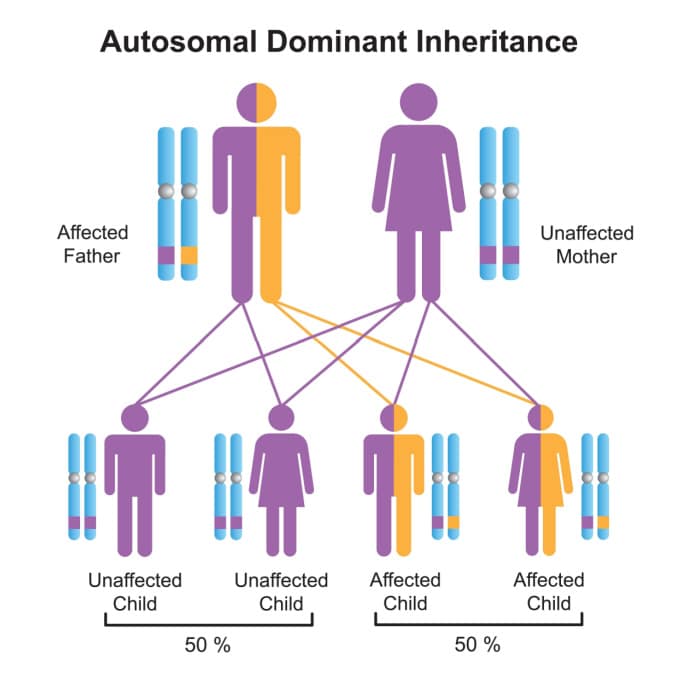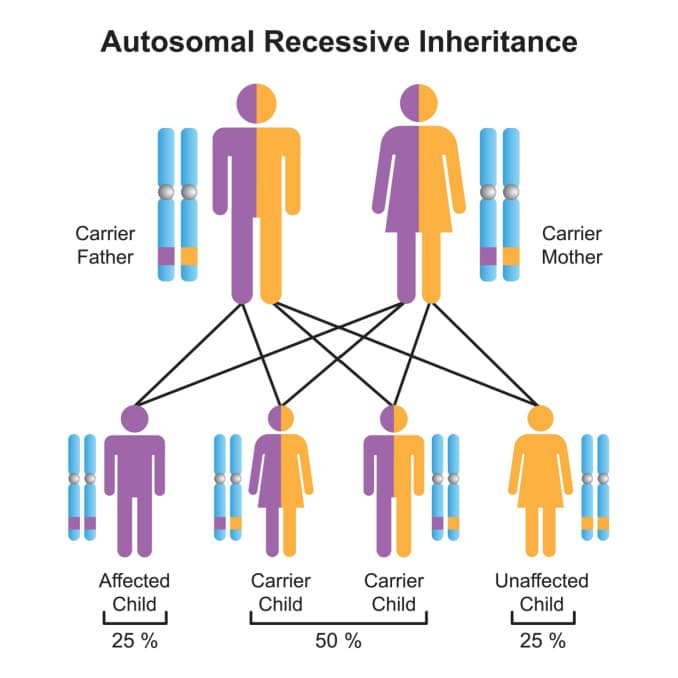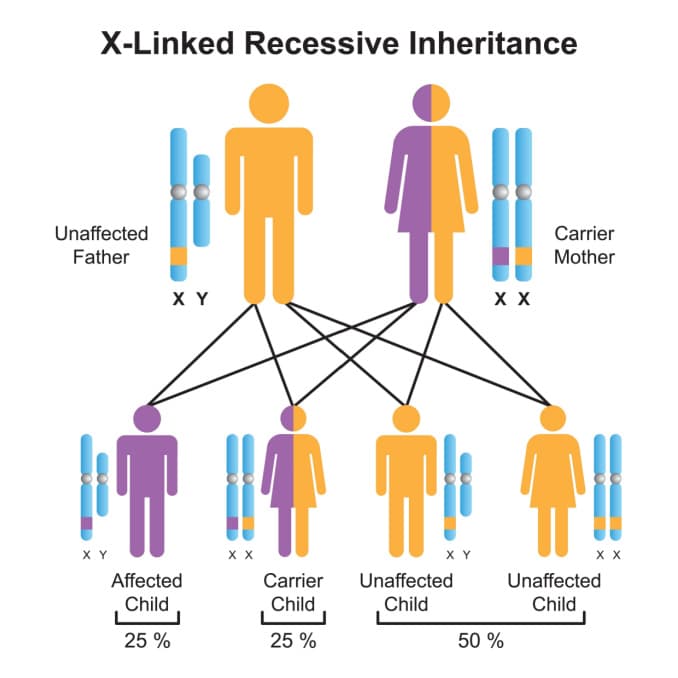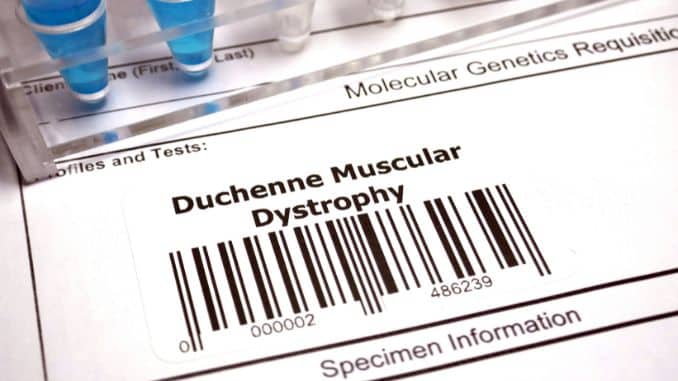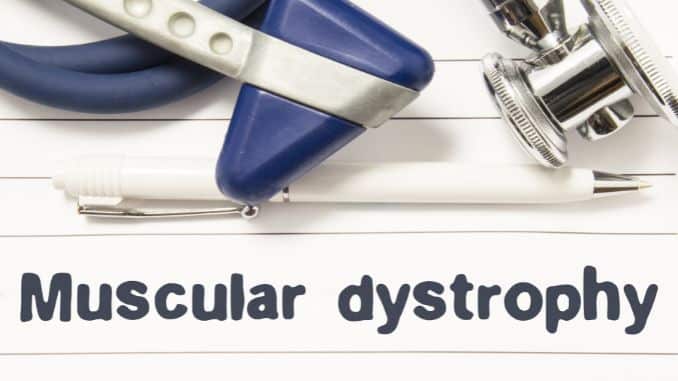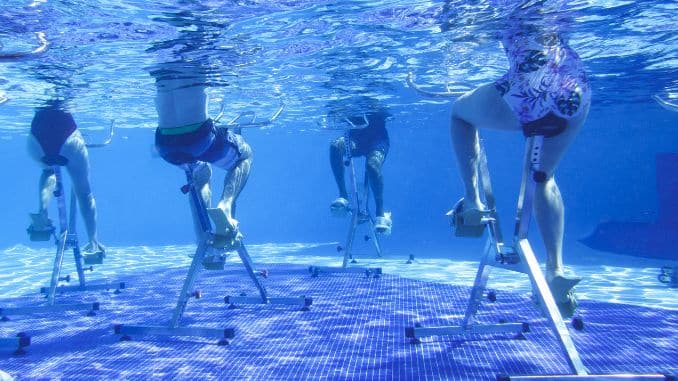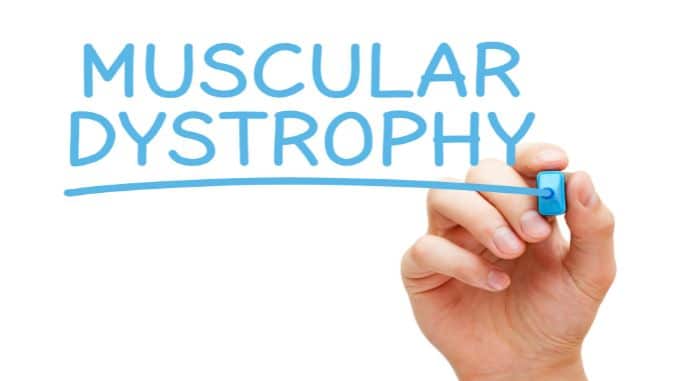
Muscular Dystrophy (MD) is a group of rare progressive muscle disorders caused by an abnormal genetic mutation, with men more commonly affected than women. It is characterized by muscle weakness and loss of muscle mass which results in mobility problems. Muscular dystrophy has many kinds, each one differs in the muscle groups affected, the appearance of signs and symptoms at different ages, and the severity of the condition. Incorporating specific muscular dystrophy exercises into a comprehensive management plan can help improve muscle strength, flexibility, and overall mobility.
This disorder has no cure at present; however, the treatment can help manage the symptoms and slow its course.
What Causes Muscular Dystrophy?
Muscular Dystrophy involves an abnormal genetic mutation that interferes with the protein production needed to develop a healthy muscle. When protein production is in any way altered, the body’s cells can’t work properly. Most muscular dystrophies are often inherited. Genes contain DNA that determines a person’s characteristics and traits. Each gene has 23 pairs of chromosomes, with one-half of the pair being inherited from each parent. One pair determines the gender of the individual, while the 22 non-sex chromosomes are similar to its pair. It can be inherited in three ways:
1. Autosomal Dominant Inheritance
Autosomal means the abnormal genetic mutation can happen in any of the 22 non-sex chromosomes. Dominant means that only a gene from one parent is needed to develop this kind of muscular disorder. The child may inherit a normal gene from one parent while the other is a defective gene. In cases like this, there is a 50 percent chance of getting the disorder.
2. Autosomal Recessive Inheritance
Moreover, in autosomal recessive inheritance, both parents are carriers of defective genes that can be passed onto their children. In this case, the child has a 25 percent chance of inheriting both copies of the defective gene and a 50 percent chance of inheriting one gene, thus becoming a carrier too.
3. X-Linked Recessive Inheritance
X-linked (or sex-linked) recessive inheritance is when a mother carries the defective gene on one of her X chromosomes and passed it on to her son. Both the son and the daughter have a 50 percent chance of inheriting the disorder; however, the daughters are not usually affected since the normal gene they inherit from their father can offset the defective gene of their mother.
Kinds of Muscular Dystrophy
A. Duchenne Muscular Dystrophy (DMD)
This is the most common type of muscular dystrophy. The symptoms appear in early childhood in boys and progress quickly as they age. At 12 years old, they are unable to walk and may be wheelchair dependent.
Moreover, since the disease primarily weakens the muscles, they may have difficulty in walking, loss of reflexes, difficulty standing up, poor posture, scoliosis, mild intellectual impairment, difficulty breathing and swallowing, and lung and heart weakness. They may also need respirators to assist in breathing and have wheelchair dependency as they grow. The life expectancy for this type of muscular dystrophy is in the late teens or 20s.
B. Becker Muscular Dystrophy (DMD)
Becker Muscular Dystrophy is similar to Duchenne Muscular Dystrophy, the only difference is that Becker usually progresses slower, is less common, and is less severe. Symptoms appear between 11 and 25 years of age among boys.
Moreover, symptoms include walking using toes, frequent falls, muscle cramps, and difficulty standing up. It also includes progressive weakness in the muscles of the hips, thighs, pelvis, and shoulders. It also varies on the affected individual. Some may require assistance from a wheelchair, while others may not and may use assistive devices too. The life expectancy with this type of muscular dystrophy is until middle age or later.
C. Congenital Muscular Dystrophy (CMD)
Congenital muscular dystrophy may be apparent at birth or appear before 2 years of age. Parents at this time notice the child’s motor functions and muscle control development are delayed.
The symptoms include muscle weakness, poor motor control, cannot sit or stand without support, scoliosis, foot deformities, difficulty swallowing, respiratory, visual, and speech problems, and intellectual impairment. Moreover, the life expectancy of this type of muscular dystrophy depends on the signs and symptoms. Some may die during infancy, while others live until adulthood.
D. Myotonic Muscular Dystrophy
This is also called Steinert’s disease or dystrophia myotonica. This type of muscular dystrophy is common among adults and may affect both men and women. This is the only type of MD that causes myotonia, an inability to relax muscles after contraction. It can affect your facial muscles, central nervous system, adrenal glands, heart, eyes, and gastrointestinal tract.
Furthermore, symptoms first appear in your face and neck. It includes facial drooping, difficulty lifting the neck, droopy eyelids or ptosis, poor vision, weight loss, and profuse sweating. It is common among adults between 20 and 30 years of age. In men, it could cause impotence and testicular atrophy; in women, it could cause irregular periods and infertility. The life expectancy also varies upon the symptoms, some are life-threatening if it involves the heart and lungs.
E. Limb-Girdle Muscular Dystrophy
This kind of muscular dystrophy has 20 forms. It usually affects the muscles of the upper arms, upper legs, shoulders, and hips. It can begin at 2 and 40 years of age, and both affect men and women.
This causes loss in muscle bulk, and weakness in the leg muscles may cause difficulty in climbing stairs, rising from a seated position, walking, or running, which causes wheelchair dependency. Many people with this type of muscular dystrophy may have a normal life expectancy.
F. Facioscapulohumeral Muscular Dystrophy
This is also called Landouzy-Dejerine disease. This affects the muscles of the face, shoulder blades, and upper arms. It appears before 20 years of age and affects both men and women. People who suffer from this condition may experience weakness of the muscles around the eyes and mouth, shoulders, upper arms, and lower legs, then later progresses to abdominal and hip muscle weakness.
Symptoms also include difficulty chewing or swallowing, slant shoulders, the crooked shape of the mouth, and a wing-like appearance of the scapula or shoulder blades. Its progression is slow, and life expectancy could live a full life span.
G. Emery-Dreifuss Muscular Dystrophy
It is a group of disorders that is common to adolescent boys and young men. Young women can also be affected. The progression is slow.
This condition affects the muscle strength of the shoulders, upper arms, and shins. Contractures–a permanent tightening of the muscles, tendons, skin, and tissues may develop, causing limitation of movement and joint deformity. They may also develop a heart condition at the age of 30 and may need a cardiac pacemaker too.
H. Distal Muscular Dystrophy
This is also called distal myopathy. It affects the muscles of the distal extremities like hands, feet, lower arms, and lower leg, and symptoms appear between 40 and 60 years of age and affect both men and women. It may also affect the lungs and heart muscles. Moreover, the progresses slowly and affects fewer muscle groups.
I. Oculopharyngeal Muscular Dystrophy
This causes facial, neck, and shoulder muscle weakness. Symptoms also include drooping eyelids, difficulty swallowing, voice, vision, and heart problems, and difficulty walking. It affects both men and women.
Muscular Dystrophy Diagnosis
To diagnose this condition, a doctor will perform a physical examination and get the individual’s past, present, and family medical history.
-
Enzyme Levels
A blood test called Creatine Kinase Level is done. Creatine Kinase is an enzyme that leaks out from the damaged muscle. A high level of creatine kinase present in the bloodstream indicates that the muscle is abnormal such as muscular dystrophy or inflammation, and could confirm that the weakness comes from the muscle itself, not the nerves that supply it. It is easily found during the early onset of symptoms and even with newborns with Duchenne Muscular Dystrophy.
-
Genetic Testing
This test involves examining and analyzing the DNA of a cell (blood cell is commonly used) to see if there is a mutation in the dystrophin gene. Usually, this genetic testing is done if there is a high level of creatine kinase found in the bloodstream and clinical findings of dystrophinopathy. Moreover, the diagnosis of Muscular Dystrophy is confirmed if there is a mutation of the DMD gene.
-
Muscle Biopsy
A muscle biopsy needs to remove a small piece of muscle through an incision and examine it. In this test, a doctor can determine what is happening inside the muscle. This kind of procedure may be used for distinguishing muscular dystrophies from inflammatory and other disorders and what form of MD is present.
Muscular Dystrophy Treatment
There is no real cure for this condition. The goal of treatment is to manage and reduce the severity of the symptoms and delay the progression. Treatments may also vary depending on your symptoms.
Muscular Dystrophy Exercises
1. Hydrotherapy
This kind of therapy is beneficial for those who have muscular dystrophy. The buoyancy of the pool will help reduce the stress on muscles and joints. It also offers mild resistance for low-intensity exercise. Here are some muscular dystrophy exercises you can do:
2. Water Walking or Jogging
In a pool, with the water resting just above your chest or waist, walk for about 10-20 steps forward and then backward. If this is too easy, you may opt to increase the speed to make it more difficult. For jogging, try to jog in place for about 30 seconds. Try to do muscular dystrophy exercises like walking and jogging alternatively for about 5 minutes.
3. Forward and Side Lunges
Stand on the side of the pool and hold for support. Take a forward lunge position. Then return to a resting position. Hold this for 7 seconds, 10 repetitions, 1-2 sets.
4. Sidestepping
Stand and face the wall, then take sideway steps, 10-20 steps, and go back again.
5. Hip Kickers
Stand on the side of the pool and hold for support. Move one leg forward with knees straight as if you are kicking, then return to the resting position. Then do it on the other leg as well. Do this 10 times, 1-2 sets.
6. Deep Water Bicycle
In a pool, submerge the bike equipment, then ride it with the water just on the level of your hips. Do this for 2-3 minutes.
7. Passive and Active Stretching
To improve joint flexibility and delay the development of contractures, a physical therapist will perform muscular dystrophy exercises like this passive stretching and teach active stretching.
8. Strengthening Exercises
A physical therapist will teach exercises to maintain muscle and trunk strength, how to have a good posture and body mechanics. Muscular dystrophy exercises like riding a bike and swimming are good examples of activities they can do to strengthen muscles and improve cardiac health.
9. Breathing Exercises
A physical therapist may coordinate with a respiratory therapist and speech therapist to plan an exercise program to improve respiratory strength.
Activities to Improve Development Skills
For a child with muscular dystrophy, activities that will develop their milestones and motor skills, such as crawling, getting up to stand, walking, jumping, and more, are recommended.
Takeaway
Unfortunately, there is no way to prevent muscular dystrophy. However, if you have been diagnosed with this condition, here are some helpful tips you can do to improve your quality of life.
- Have a healthy diet to avoid malnutrition and maintain a healthy weight to avoid obesity
- Drink more than 8 glasses of water a day to prevent constipation and dehydration
- Have a regular exercise routine

